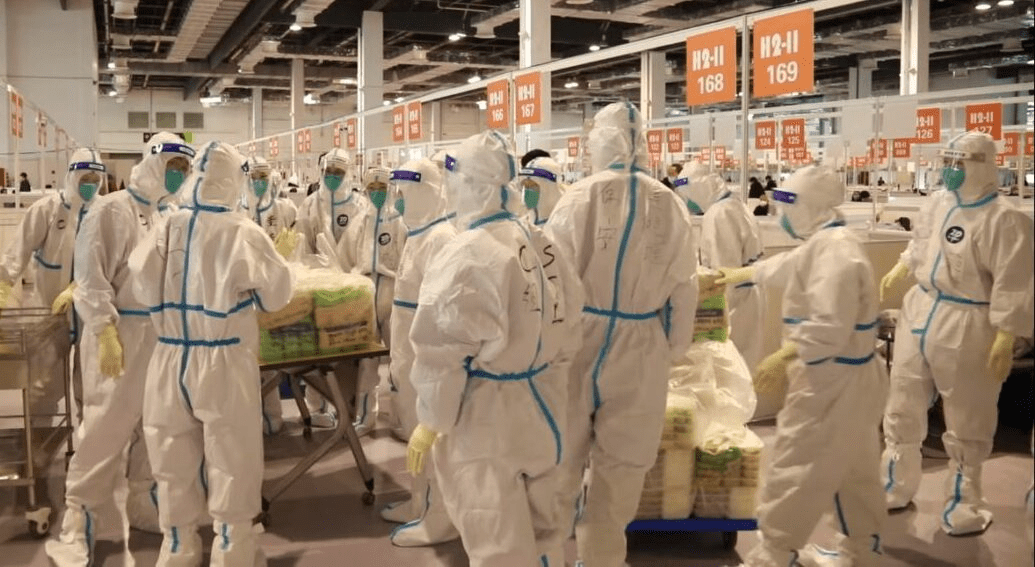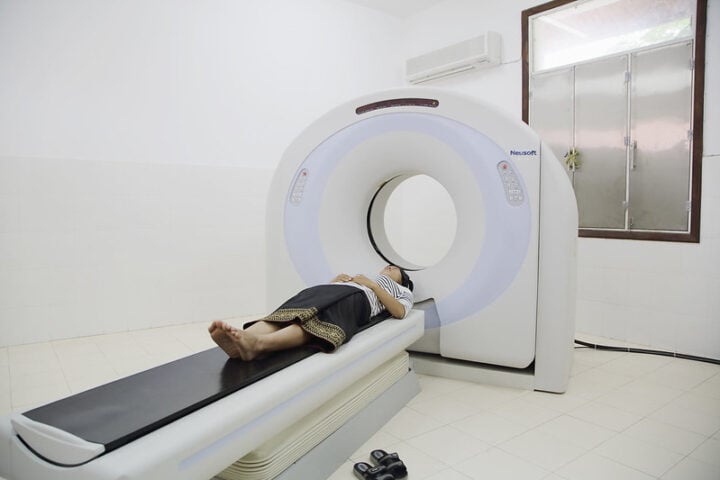Since December 2021, China has abandoned its “zero Covid” policy and lifted all its restrictions. However, the total death toll from Covid-19 in China is still strikingly low, standing at 83,150 as of February 9, leading to suspicions of underreporting. The New York Times reports that researchers believe China’s Covid wave may have killed between a million and 1.5 million people, with the early lockdowns giving Xi Jinping and the Communist Party the opportunity to show how they could manage the virus better than the West. However, the Chinese government’s reporting standards and the absence of data on total infections and quarterly cremations have caused researchers to conclude that the official data is unreliable, with undercounting of deaths a particular concern.
China’s Narrow Definition of Covid-19 Deaths
One of the main reasons for the undercounting is China’s narrow definition of what counts as a Covid-19 death, which only includes deaths from respiratory failure. This has led to skepticism about the figures, prompting the Chinese government to release separate data on other deaths in January. However, this data was incomplete, and even official data on Covid-19 deaths excludes those who died outside hospitals due to Covid-19-related problems, with only around one-fifth of all deaths in China occurring in hospitals.
Estimates of Covid-19 Deaths
Researchers have used different approaches to estimate the number of Covid-19 deaths in China. For instance, a study by scientists largely at Fudan University in Shanghai used a previous outbreak in Shanghai to estimate how quickly the virus might spread in mainland China. The researchers predicted that repealing the “zero Covid” policy would likely overwhelm the healthcare system, resulting in an estimated 1.6 million deaths. Another estimate by researchers at the University of Hong Kong used increased travel during China’s Lunar New Year to predict a surge that might kill about 970,000 people by the end of January.
A third team of researchers used data that became available after the worst of the outbreak had passed to estimate how many people were infected. Even after China ended its mass testing programs, health officials tested hundreds of thousands of people from across the country between mid-December and mid-January to track infection rates. Based on that data, they inferred that 90% of the population was infected in a little over a month.
The Difference between Official Figures and Researchers’ Estimates
The difference between China’s official figures and the estimates is drastic. Official figures show that China has the lowest death rate per capita of any other major country over the entirety of the pandemic. However, the estimates suggest that China would already have surpassed official rates of death in many Asian countries that never clamped down as long or as aggressively as China. Furthermore, the estimates show that China would rank below countries such as Germany, Italy, and the United States, where outbreaks accelerated before vaccines became available.
Long Story Short
The lifting of restrictions and the adoption of a “zero Covid” policy gave China the opportunity to show how it could manage the virus better than the West. However, the unreliable data makes it difficult to assess the impact of Covid-19 in China. Researchers have used different approaches to estimate the number of deaths, but without reliable data from China, their estimates remain informed guesses. It is clear that China’s official Covid-19 data is flawed, and the true impact of Covid-19 on China remains unknown.


















